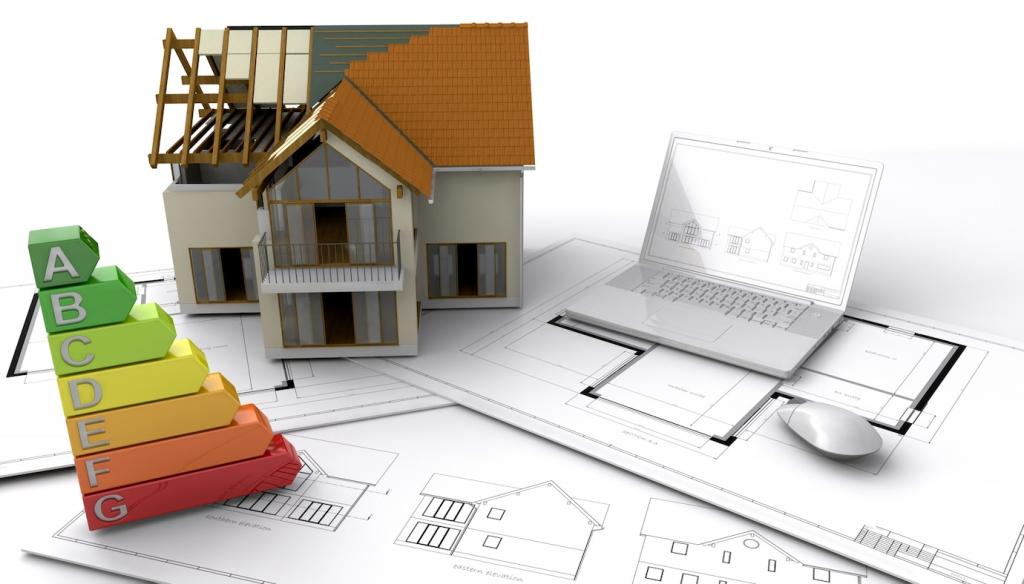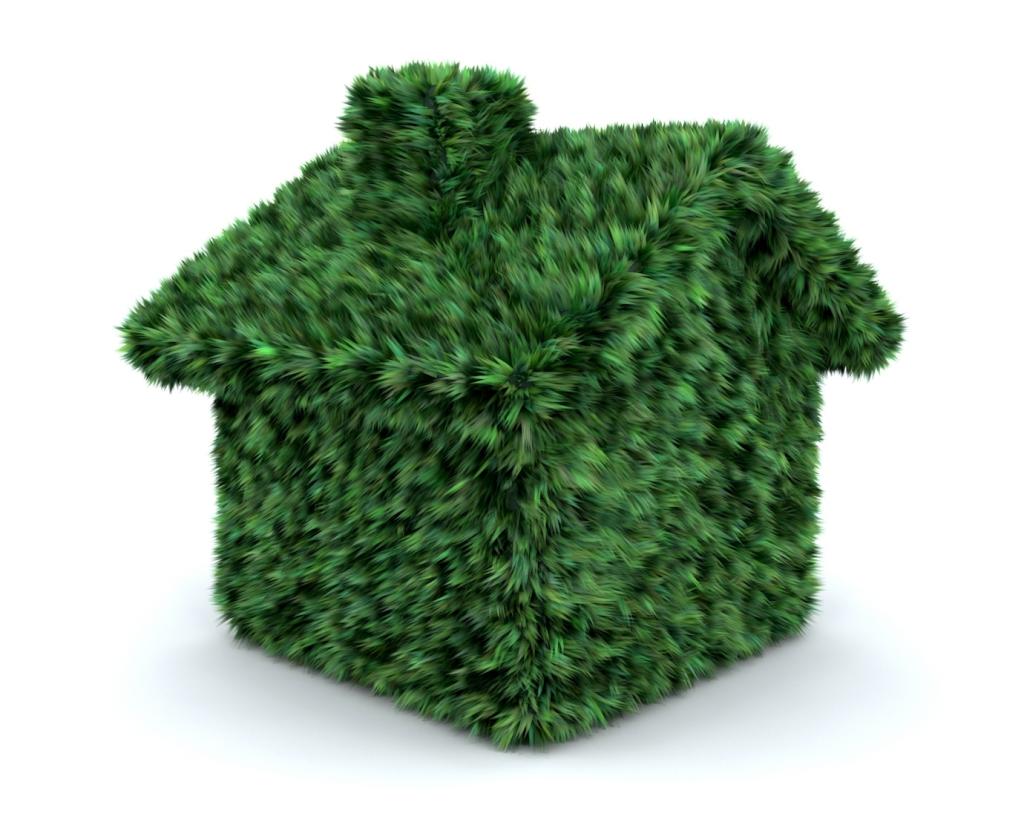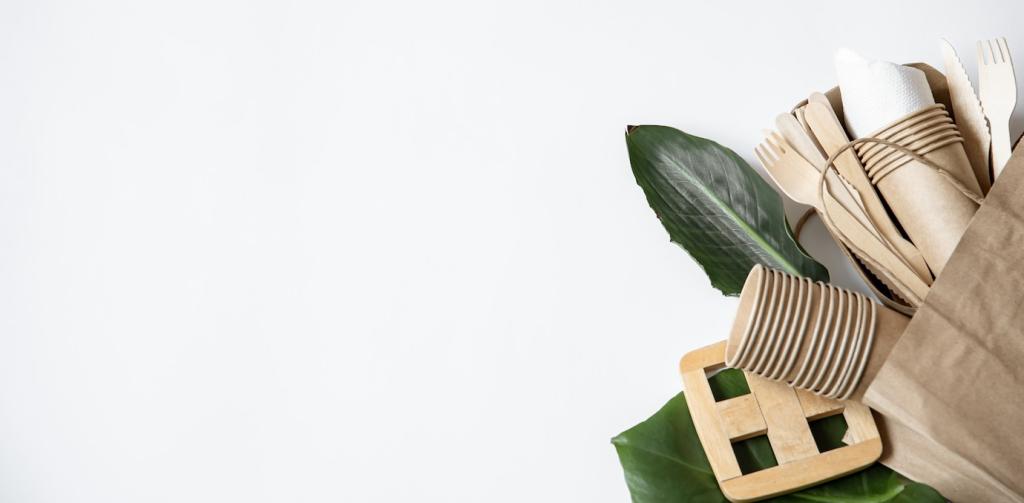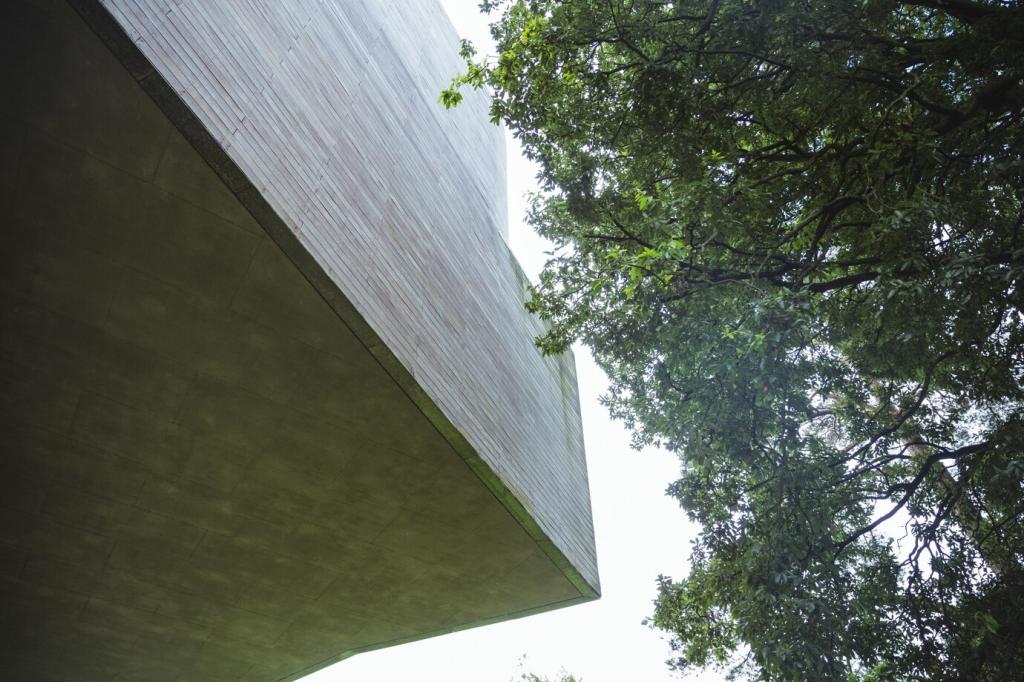Water Conservation Techniques for Sustainable Renovation
Incorporating Efficient Fixtures and Appliances
Upgrading to high-efficiency toilets and faucets can drastically cut water usage in any renovated space. Unlike older models, these fixtures use advanced flushing and aeration technologies to deliver the same or superior functionality with significantly less water per use. Dual-flush toilets, for instance, allow occupants to select between a low or full flush, catering the water volume to the task at hand. Similarly, contemporary faucets utilize aerators to maintain water pressure while reducing overall flow, minimizing water waste each time they are used. By integrating these efficient options, homeowners and builders can achieve substantial water conservation over the lifetime of the renovation, making these investments both cost-effective and environmentally responsible.

Greywater refers to lightly used water from showers, sinks, and washing machines that can safely be repurposed for non-drinking applications such as toilet flushing or irrigation. Installing a greywater recycling system during renovation diverts this resource away from the sewer system, instead filtering and storing it for reuse. This technique not only reduces the volume of freshwater required daily but also limits the burden on wastewater treatment plants. It’s an effective solution for both single-family homes and larger multi-unit buildings, helping to close the water-use loop. Proper design and maintenance are crucial, ensuring hygienic practices and compliance with local regulations. Adopting greywater systems reflects a forward-thinking commitment to sustainable water use.
Implementing Greywater and Rainwater Reuse Systems

Drought-Resistant Plant Selection
Incorporating drought-resistant plants, also known as xeriscaping, is a highly effective strategy for minimizing irrigation needs in renovated outdoor spaces. These plants are naturally adapted to thrive with minimal water and require far less maintenance than conventional lawns or exotic garden varieties. By selecting native species, renovators can create beautiful, resilient landscapes that support local wildlife and withstand longer periods without rain. This approach not only conserves water but also reduces the need for fertilizers and pesticides, further promoting sustainability. Choosing the right mix of plants transforms outdoor areas into eco-friendly spaces that remain vibrant year-round, regardless of changing weather patterns.

Smart Irrigation Systems
Traditional irrigation methods can lead to overwatering, runoff, and significant water waste. Smart irrigation systems use real-time weather data, soil moisture sensors, and programmable timing to deliver the right amount of water exactly where it’s needed. When implemented during renovation, these systems can be tailored to specific plant types, sun exposure, and soil conditions, maximizing efficiency and effectiveness. Features like drip irrigation target water directly to plant roots, eliminating evaporation losses common with sprinklers. Integrating these smart solutions reduces ongoing maintenance and operational costs while dramatically cutting outdoor water use, making them a must-have for sustainable renovations.

Permeable Surfaces and Ground Cover
Traditional paving and hard landscaping can cause water runoff, reducing effective irrigation and contributing to local flooding. Incorporating permeable surfaces—such as gravel, permeable pavers, or porous concrete—during renovation allows rainfall and irrigation water to soak into the ground, replenishing local aquifers and supporting nearby vegetation. When combined with appropriate ground covers and mulches, these surfaces further reduce the demand for supplemental watering by retaining soil moisture and preventing evaporation. This approach not only conserves water but also mitigates stormwater issues, leading to healthier landscapes and communities. Sustainable renovations benefit greatly from thoughtful surface and ground cover choices.
